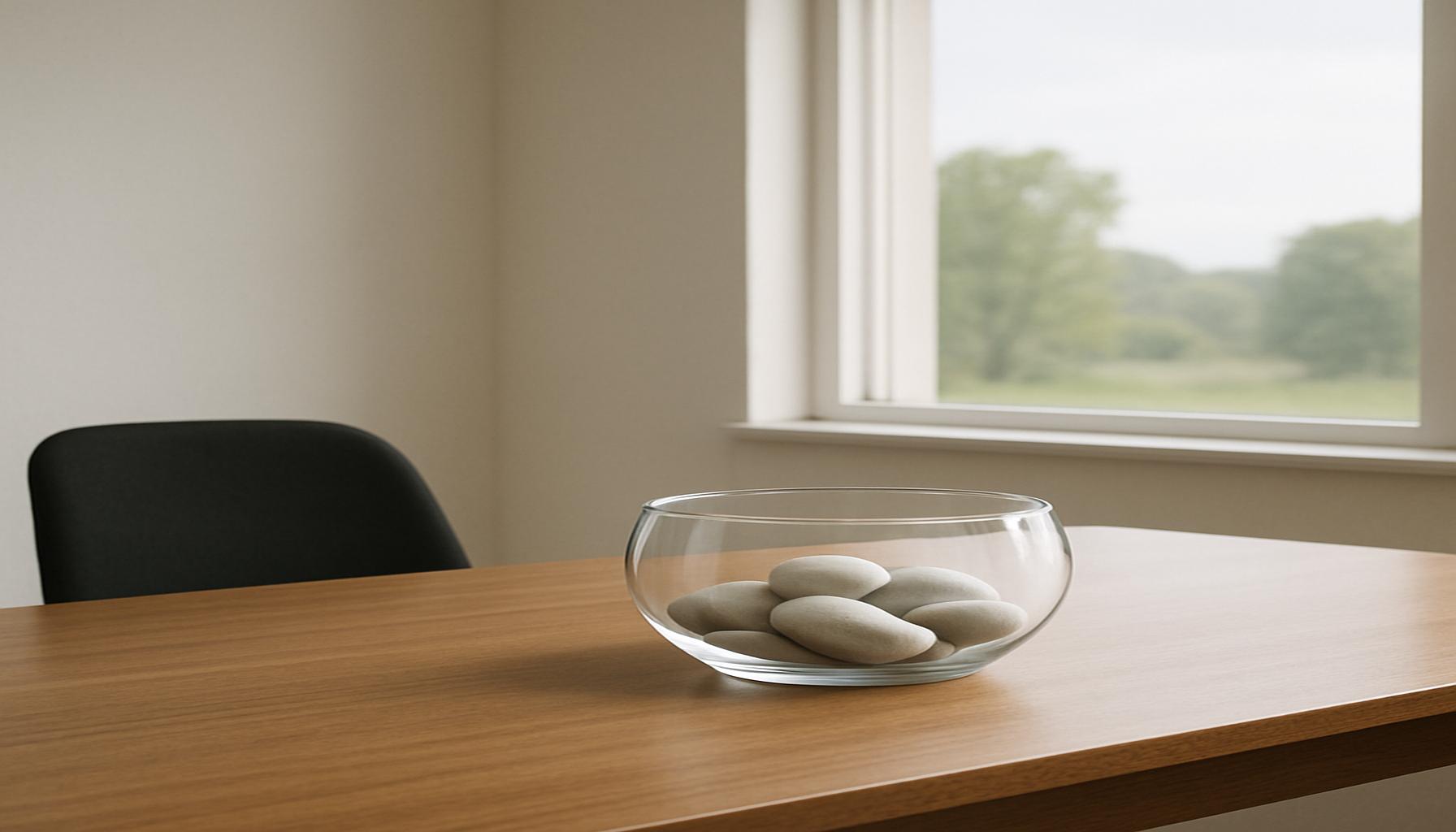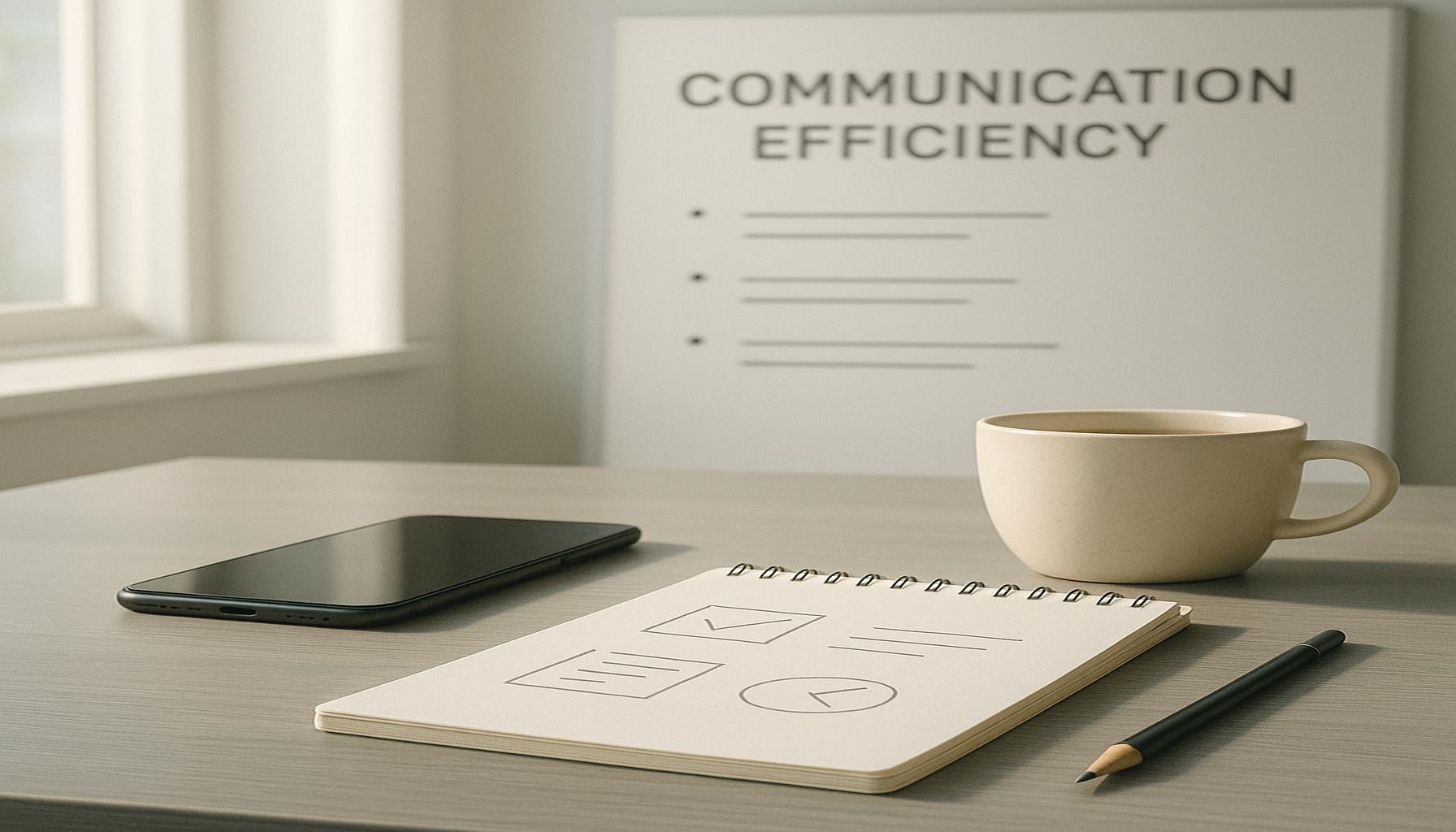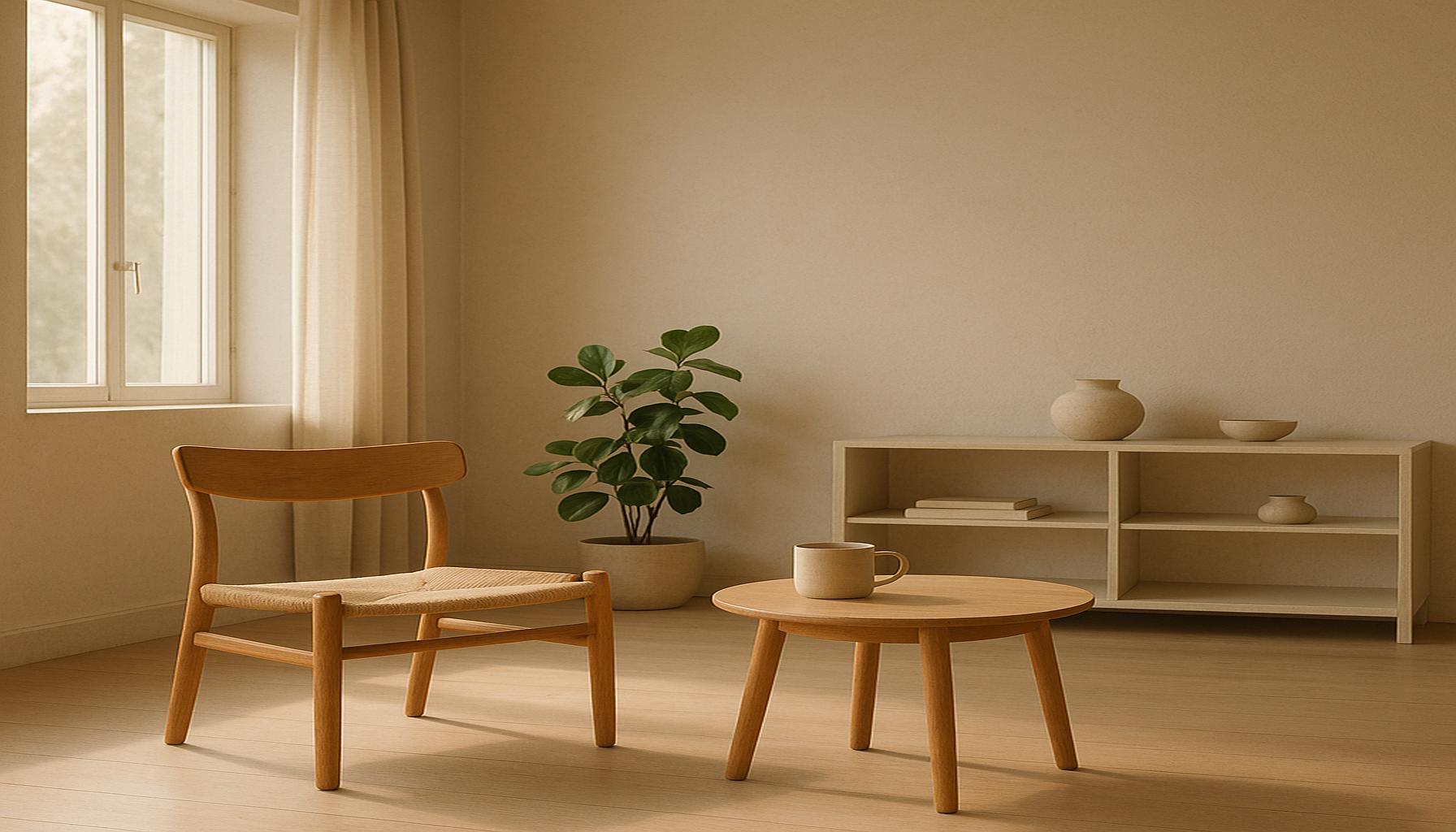The Impact of Minimalism on Energy Efficiency and Sustainability at Home
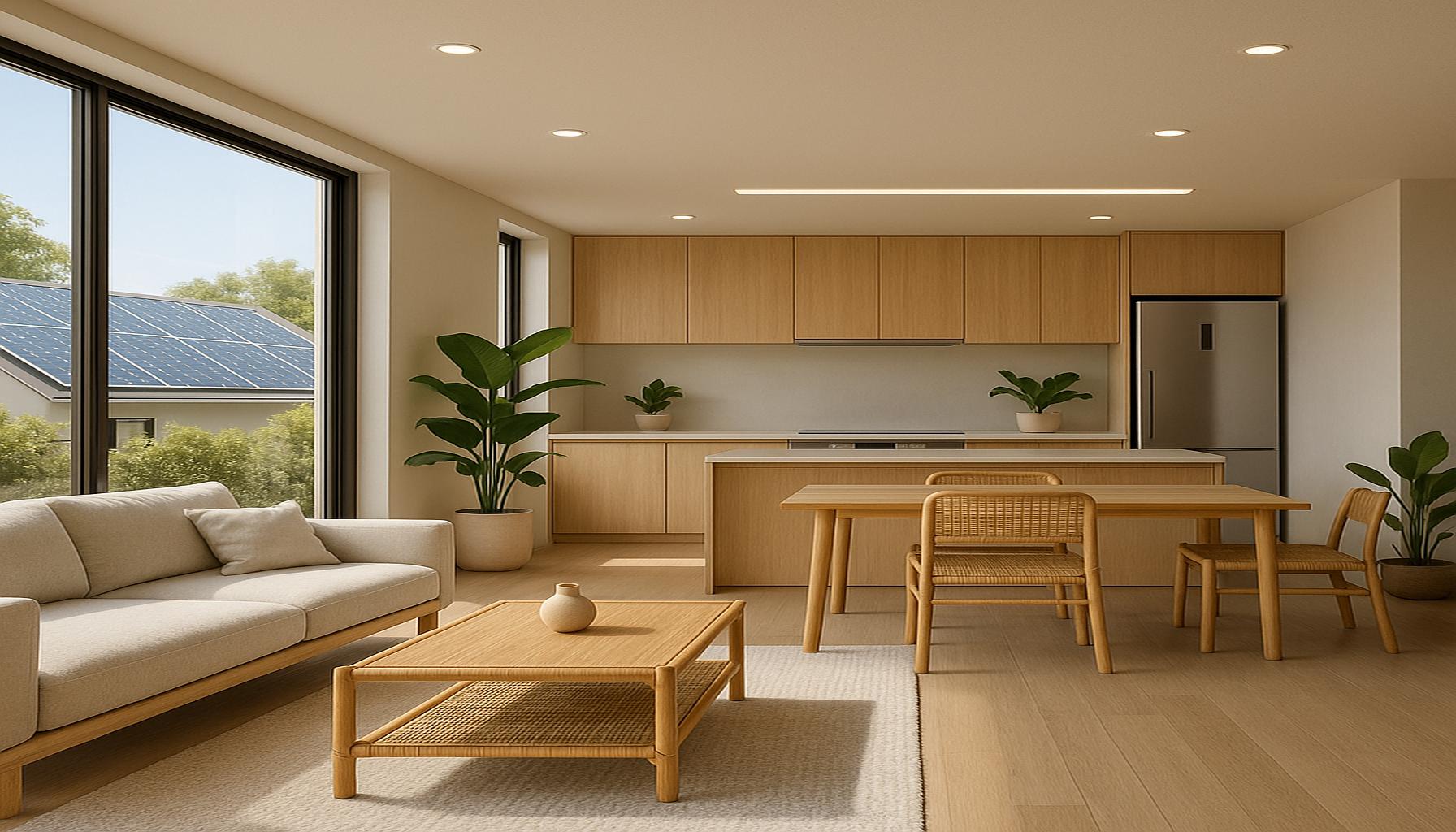
The Benefits and Principles of Minimalism in Sustainable Living
In an era characterized by overwhelming consumerism and environmental concerns, the allure of minimalism presents a refreshing antidote. Minimalism champions the idea of living intentionally by prioritizing quality over quantity, leading to a lifestyle that supports not only personal fulfillment but also ecological balance. This shift towards simplicity encourages individuals to focus on what truly matters, consequently fostering a sustainable way of living.
One of the most profound impacts of minimalism is its ability to drive reduced consumption. By encouraging people to live with only what they need, minimalism inherently decreases the demand for products and resources. For instance, consider the fast fashion industry, which is notorious for its wastefulness and carbon emissions. By adopting a minimalist wardrobe—focusing on versatile, timeless pieces rather than constantly chasing trends—individuals can significantly reduce their environmental footprint while also saving money.
Moreover, minimalism naturally leads to energy-efficient choices. Homes designed with minimalism in mind often feature sustainable materials and energy-efficient appliances. For example, LED lighting, Energy Star-rated appliances, and smart home technology are increasingly common in minimalist homes. These choices not only lower energy demand but also save homeowners money in the long run through reduced utility bills.
Another vital aspect of minimalist living is the effective utilization of natural light. By embracing open floor plans and large windows, minimalist homes maximize natural light, which diminishes the need for artificial lighting during the day. A study shows that homes flooded with natural light can enhance mood and productivity, making a compelling case for incorporating more windows or light tubes in home design.
Further deepening the connection to sustainability, minimalism cultivates a thought process that influences purchasing behavior. Families become deliberate about their acquisitions, leading to several advantages:
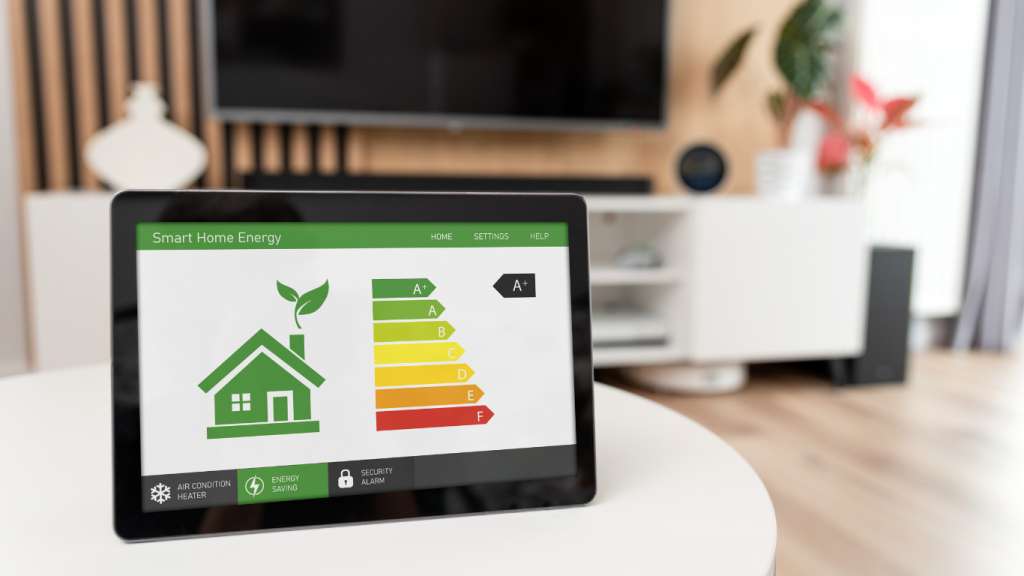
- Lower Utility Bills: A streamlined lifestyle often results in reduced energy consumption, allowing households to save substantially over time.
- Waste Reduction: By consuming less, minimalists generate less waste, supporting local recycling efforts and reducing the burden on landfills.
- Increased Focus on Experiences: As minimalists lean towards valuing experiences over material items, they tend to engage more with sustainable practices, like eco-tourism or community events that promote environmental consciousness.
Embracing minimalism is not merely about creating a tidy living space; it is about fostering a holistic approach to life that promotes sustainability. As you explore this philosophy, you will discover that the journey towards simplicity not only elevates your quality of life but also contributes significantly to a sustainable future, creating a ripple effect that benefits both individuals and the planet.
DISCOVER MORE: Click here to simplify your life
Efficiency Redefined: Minimalism as a Catalyst for Energy Savings
The principle of minimalism isn’t just about decluttering; it also extends into the realm of energy efficiency at home, offering a transformative approach to how we consume energy. In homes designed with a minimalist approach, each element serves a purpose, resulting in fewer distractions and inefficiencies. This strategic simplification can lead to significant energy savings, promoting sustainable living practices.
One of the cornerstones of energy-efficient minimalist homes is the selection of high-performance materials. For instance, using sustainable building materials such as reclaimed wood, bamboo, or recycled steel minimizes resource extraction, directly impacting energy conservation. These materials often boast superior insulation properties, which help maintain a stable indoor climate. Consequently, households require less heating in the winter and cooling in the summer, which translates to reduced energy consumption.
Furthermore, the design of minimalist spaces often emphasizes open floor plans. This allows for enhanced airflow and natural temperature regulation, ensuring that homes remain comfortable without the constant reliance on heating and cooling systems. Whether it’s strategically placed vents or a simple ceiling fan, minimalism encourages solutions that harmonize with the environment rather than compete against it.
In addition to structural efficiencies, minimalists are more likely to invest in smart home technologies. These devices can track energy usage and optimize appliances according to individual habits. For example, smart thermostats learn the thermal preferences of occupants and adjust temperature settings accordingly, yielding energy savings without sacrificing comfort. A report from the U.S. Department of Energy estimates that homeowners can save up to 10-30% on their utility bills through smart energy management systems.
The Financial Case for Minimalism
The financial implications of a minimalist lifestyle extend far beyond initial investments in sustainable products. By adopting a simplified, low-consumption approach, households can experience substantial reductions in their energy bills over time. Essential features of energy efficiency in a minimalist home include:
- Reduced Energy Bills: Streamlined living often results in lower overall energy consumption, allowing significant savings on monthly utility costs.
- Longer Lifespan of Appliances: With fewer energy demands, appliances do not operate under constant strain, leading to extended life and decreased replacement costs.
- Increased Resale Value: Energy-efficient homes are increasingly appealing in the real estate market, as potential buyers favor properties that reflect sustainability and lower operational costs.
The minimalist approach challenges the prevailing culture of excess, urging individuals to question not just what they own, but how much they consume. This re-evaluation fosters an awareness of energy use, ultimately transitioning society towards a more sustainable future, one mindful choice at a time.
| Advantages | Details |
|---|---|
| Reduced Resource Consumption | Minimalist choices in home design lead to fewer items, which directly results in decreased consumption of energy and materials. |
| Enhanced Energy Efficiency | Simplifying spaces often allows for better use of natural light and ventilation, thereby reducing reliance on artificial lighting and heating systems. |
| Lower Maintenance Needs | Fewer possessions mean less upkeep; less upkeep translates to less energy expended over time. |
| Sustainable Choices | Minimalists are more likely to invest in sustainable materials and technologies, leading to homes that are optimized for long-term environmental sustainability. |
In exploring the implications of minimalism, it’s essential to recognize how this lifestyle choice can lead directly to enhanced sustainability and energy efficiency. Homes designed with minimalist principles tend to focus on quality over quantity, encouraging inhabitants to invest in lasting, sustainable solutions rather than fleeting trends. As homeowners declutter and reduce their material possessions, they inadvertently reduce their overall carbon footprint. With increased awareness of the impact of consumption, many minimalists choose technologies such as solar panels which align with their values. These thoughtful decisions support new living environments that prioritize environmental stewardship, reducing waste and conserving resources in alignment with the broader principles of sustainability.
DIVE DEEPER: Click here to uncover more
Living Light: The Connection Between Minimalism and Resource Conservation
Beyond energy savings, minimalism fosters a more profound relationship with tangible resources. This shift not only opens the door to energy efficiency but also steers individuals toward a broader comprehension of sustainability at home. By embracing minimalism, households can cultivate habits that significantly impact resource conservation, including water and materials.
One of the remarkable facets of minimalist living is the reduction in water consumption. Minimalist homeowners often commit to fewer, but higher quality, appliances and fixtures that prioritize efficiency. For instance, installing low-flow faucets, dual-flush toilets, and water-efficient showerheads can greatly diminish water usage without sacrificing comfort. According to the U.S. Environmental Protection Agency (EPA), homes that replace old fixtures can save an average of 20-25% on their water bills each year. This kind of intentional decision-making embodies the ethos of minimalism, where each item plays a crucial role in promoting resource conservation.
In addition to water, minimalism encourages individuals to take stock of material consumption. By adopting a less-is-more approach, homeowners are more likely to consider the lifecycle of the products they purchase—from sourcing and manufacturing to usage and disposal. This conscientious consideration leads to fewer purchases overall, minimizing the amount of waste generated in the home. In fact, the EPA reports that the average American produces around 4.9 pounds of waste per day. Minimalism challenges this trend by advocating for durable, multifunctional products instead of fleeting trends, ultimately contributing to a decrease in landfill waste.
Holistic Sustainability Practices
Minimalism doesn’t only affect energy and water use; it also encourages a shift towards holistic sustainability practices. Minimalist households often embrace composting and recycling, reducing the strain on municipal waste systems and promoting nutrient cycling back into the soil. As awareness rises around the environmental footprint of food waste, practices like composting can keep valuable resources out of landfills while also enriching garden soil for sustainable food production.
Moreover, engaging with the local community enhances sustainable living. Minimalists are frequently drawn to local farmers’ markets and community-supported agriculture (CSA) programs, favoring locally-produced goods over industrially-produced fare. This supports local economies, reduces transportation emissions, and fosters a deeper connection to the food system. According to a study by the USDA, purchasing local foods can mitigate carbon emissions by up to 80% when compared to conventional grocery options that rely on long-distance transport.
The interconnections between minimalism and sustainability extend to energy-efficient landscaping. Many minimalists cultivate gardens that utilize native, drought-resistant plants that require less watering and maintenance. These landscaping choices not only enhance biodiversity but also contribute to the reduction of water usage and chemical runoff often associated with traditional lawn care.
In essence, minimalism serves as a catalyst that nurtures both energy efficiency and a comprehensive understanding of sustainability at home. Through thoughtful product choices, efficient living practices, and community engagement, minimalist homeowners can significantly reduce their environmental footprints, illustrating that less can indeed be more when it comes to caring for the planet.
DISCOVER MORE: Click here to boost your productivity
Final Thoughts: Embracing Minimalism for a Sustainable Future
In a world grappling with environmental challenges and resource depletion, the adoption of minimalism emerges as a compelling solution that goes beyond aesthetics to redefine our living spaces. Minimalism fosters energy efficiency not just through reduced consumption, but also by promoting a mindful approach to resource usage. As discussed, the principles of minimalism encourage homeowners to make intentional choices regarding their energy, water, and material consumption.
By investing in high-quality, efficient appliances and committing to practices like recycling and composting, individuals can drastically mitigate their ecological footprint. The shift towards holistic sustainability means that minimalists not only look at their immediate habits but also consider the broader implications of their lifestyle choices. For example, engaging with local food systems supports community economies while simultaneously decreasing carbon emissions from transportation.
The implications of these choices reverberate beyond personal satisfaction, contributing to a collective wave of change that prioritizes the planet’s health. By cultivating gardens with native flora and implementing water-saving fixtures, minimalists embody a lifestyle that respects and conserves our natural resources. As we navigate the complexities of modern living, embracing minimalism offers a pathway toward a more sustainable and fulfilling future at home.
Ultimately, the journey towards sustainability is one of continuous learning and adaptation. As more households integrate minimalist practices, they not only enhance their energy efficiency but also inspire others to move towards a minimalistic lifestyle that can yield profound environmental benefits. In this pursuit of less, we discover an opportunity for more: more connection, more conservation, and more care for our planet.
